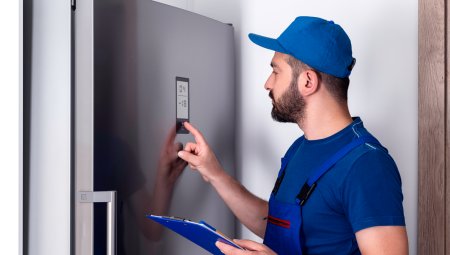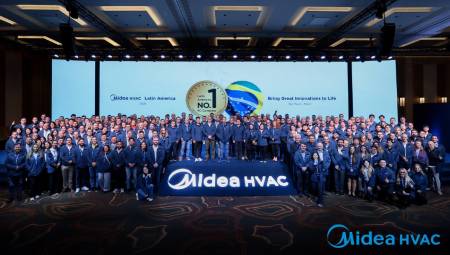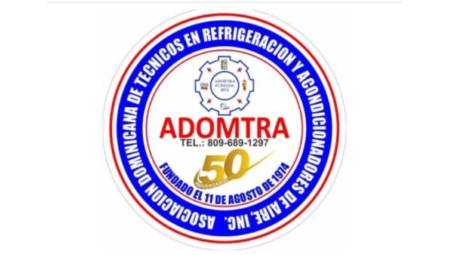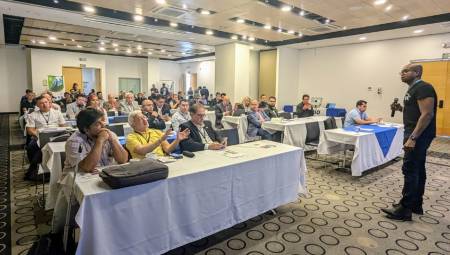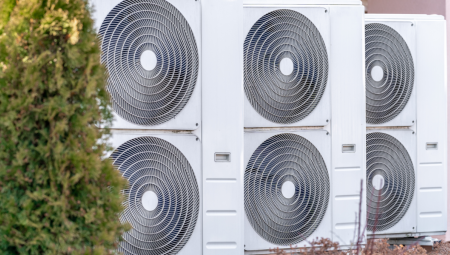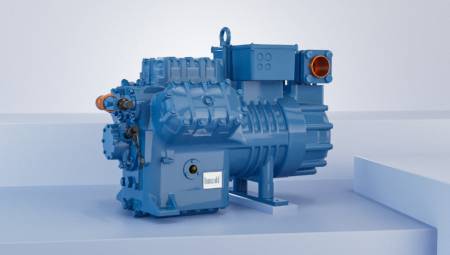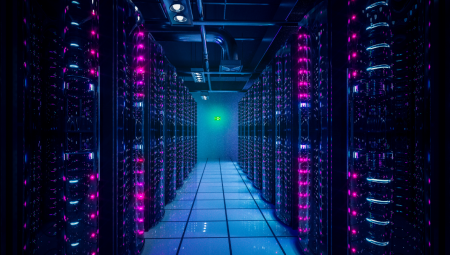The most economical energy to produce is the one that is saved!
By Alfredo Sotolongo*
In the vast majority of my writings I have concentrated on the importance of designing the air conditioning system as efficient as possible, with the main purpose of minimizing the cost of operating it. However, there are other additional benefits, the main one being to also minimize the carbon footprint, represented by CO2, Carbon Dioxide.
Carbon footprint is defined as an environmental indicator which reflects the greenhouse gases present produced directly or indirectly by, in our case, the energy consumption of air conditioning systems.
We currently understand that in several of our countries there are companies capable of inventorying greenhouse gas (GHG) emissions in accordance with international rules. The most used agencies in Latin America:
• Enviro-Mark Solutions Ltd., which belongs to the Government of New Zealand.
• Carbon Trust, belonging to the Government of England.
Concern about climate change has led the United Nations to engage in international treaties for more than 30 years. In 1997, the Kyoto Protocol was added, which has legally applicable measures in case of non-compliance with accepted agreements.
In many of our countries, governments and utilities recognize that reducing electricity consumption helps minimize the carbon footprint. Therefore, standards have been created that establish a maximum acceptable electricity consumption. Awareness has also been created among professionals in our industry, who select brands that manufacture equipment that contributes to minimizing electricity consumption.
Governments have not only set these standards, but also, together with utilities, offer financial incentives for investments in energy-saving equipment, both in new construction and in existing buildings. Global electricity consumption related to CO2 emissions is expected to increase considerably, at least until 2050 as a result of population growth.
As I explained from the beginning, by focusing on using equipment and systems that contribute to minimizing energy consumption, we are not only managing to minimize the cost of operating the air conditioning system, but we are reducing the carbon footprint, so important when it comes to global warming.
The following are some of the equipment that contribute most to minimizing energy consumption:
1) Compressors with magnetic bearings that do not need lubrication and that allow the cooler to operate at very low electricity consumption especially at partial thermal loads.
2) Water pumps with integrated frequency inverters, using algorithms that allow the balance between thermal load and cold water flow.
3) In the case of air handlers, using enthalpy wheels to recover energy and pre-cool and dry the hot and humid ventilation air using the exhaust air conditions.
4) Variable volume diffusers to modulate the air flow supplied to the conditioned areas through the frequency inverters that control the supply fans in the air handlers.
If you need more information on this topic, please contact us through the mail [email protected]
 * Alfredo Sotolongo. President of Protec, Inc., he is certified as a professional engineer in Puerto Rico and the state of Florida; has more than 40 years of experience in the application and sale of systems and equipment for energy conservation. He is a member of ASME (American Society of Mechanical Engineers), AEE (Association of Energy Engineers), ASHRAE and was president of the Miami chapter of that association.
* Alfredo Sotolongo. President of Protec, Inc., he is certified as a professional engineer in Puerto Rico and the state of Florida; has more than 40 years of experience in the application and sale of systems and equipment for energy conservation. He is a member of ASME (American Society of Mechanical Engineers), AEE (Association of Energy Engineers), ASHRAE and was president of the Miami chapter of that association.





